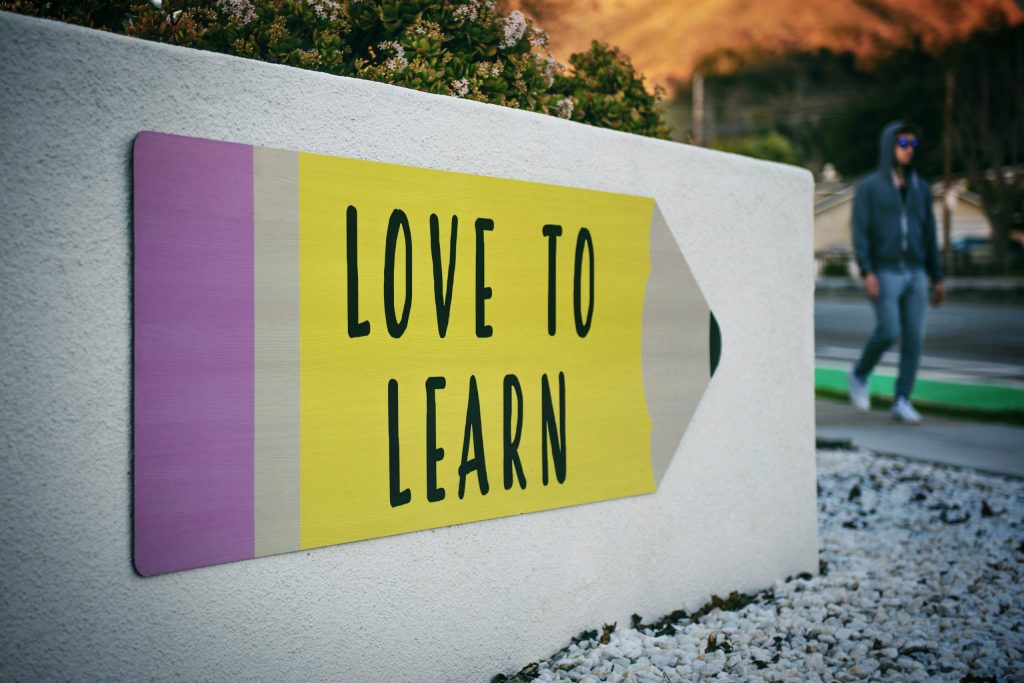After completing the hands-on learning activity, click on the quiz tab so that you can answer the question and discover what you learned about the value of peer to peer support!

Teaching students about peer-to-peer support is a valuable lesson that promotes empathy, understanding, and a positive classroom culture. Here’s a lesson plan focused on fostering peer support:
Lesson Title: “Building a Supportive Community: The Power of Peer-to-Peer Support”
Objective:
- Students will understand the concept of peer-to-peer support and its importance in creating a positive and inclusive community.
- Students will develop communication and active listening skills to provide effective support to their peers.
Introduction:
- Start with a discussion about the importance of having support systems, both inside and outside the classroom.
- Introduce the concept of peer-to-peer support and discuss its benefits for personal growth and well-being.
Activity 1: The Supportive Circle
- Arrange the students in a circle and ask each student to share a positive experience they’ve had where someone offered support. This could be a friend, family member, or even a teacher.
- Encourage students to reflect on how it felt to receive support and why it was meaningful to them.
Activity 2: Empathy Building
- Teach students about empathy and its role in providing effective peer support.
- Conduct role-playing scenarios where students take turns being the person seeking support and the one providing it. Discuss the importance of active listening, understanding, and non-judgmental responses.
Activity 3: Creating Supportive Messages
- Have students write anonymous supportive messages to their peers. These messages can be positive affirmations, words of encouragement, or expressions of gratitude.
- Create a “Supportive Messages Wall” in the classroom where students can post these messages.
Activity 4: Peer Support Guidelines
- Collaboratively create a set of guidelines for peer support in the classroom. Discuss the qualities of effective support and how to approach peers in need.
- Encourage students to contribute their ideas and thoughts to the guidelines.
Activity 5: Real-Life Peer Support Scenarios
- Provide students with real-life scenarios where a peer might need support (e.g., dealing with stress, facing a challenge, feeling overwhelmed).
- In pairs or small groups, have students discuss and come up with supportive responses to these scenarios.
Conclusion:
- Summarize the key concepts of the lesson, emphasizing the importance of building a supportive community through peer-to-peer support.
- Reinforce the idea that everyone plays a role in creating a positive and inclusive classroom environment.
Follow-up:
- Throughout the school year, revisit the concept of peer-to-peer support in discussions and activities.
- Encourage students to share their experiences of providing or receiving support, fostering an ongoing culture of empathy and understanding.
This lesson plan is designed to empower students with the skills and mindset to provide effective support to their peers, creating a positive and inclusive learning environment.
